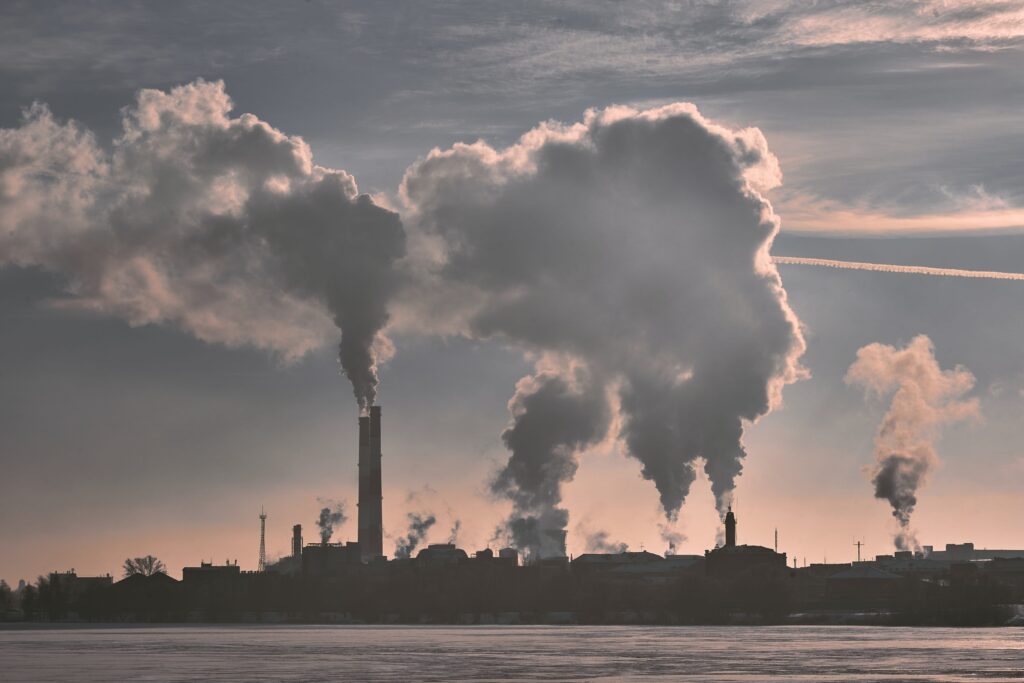Table of Contents
Introduction
New York City’s air quality index plays a crucial role in assessing the cleanliness of the air its residents breathe. Understanding why the air quality index is low is essential to address the causes, effects, and potential solutions to improve air quality in the city. In this article, we will explore the factors contributing to New York’s low air quality index and delve into sustainable initiatives aimed at mitigating air pollution.
Causes of Low Air Quality Index in New York City AQI
- Transportation Sector: The transportation sector is a significant contributor to New York’s air pollution. Emissions from factories and fossil fuel-powered vehicles release nitrous oxide (NOx) and Volatile Organic Compounds (VOCs), leading to ground-level ozone pollution and a contribution to NYC AQI.
- Greenhouse Gas Emissions: Despite a 13% reduction in greenhouse gas emissions between 1990 and 2016, emissions increased in the transportation sector during the same period, exacerbating ozone pollution.
- Health Implications: Ozone pollution poses significant health risks, especially for children, older adults, and individuals with preexisting conditions. Studies show a link between long-term exposure to ozone pollution and increased cardiovascular and respiratory disease mortality.
Solutions to Improve Air Quality
- Sustainable Transportation: Encouraging the use of public transportation, such as subways and buses, can significantly reduce emissions from private vehicles. The extensive public transit network in New York City helps avoid approximately 19 million metric tons of emissions per year.
- Energy and Industrial Improvements: Implementing measures to enhance energy and industrial practices can further reduce greenhouse gas emissions and improve air quality in the city. Sustainable initiatives by federal and local governments play a vital role in driving these improvements.
FAQs about New York’s Air quality index
Q: What is the air quality index?
The air quality index measures the density of pollutants in the air, including ground-level ozone, particulates, carbon monoxide, nitrogen dioxide, and sulfur dioxide. It communicates the cleanliness of the air on a scale from 0 to 500, with higher numbers indicating greater air pollution.
Q: How does transportation contribute to air pollution in New York City?
The transportation sector, including factories and fossil fuel-powered vehicles, emits pollutants such as nitrous oxide (NOx) and Volatile Organic Compounds (VOCs). These emissions contribute to ground-level ozone pollution, leading to poor air quality.
Q: What are the health risks associated with air pollution?
Long-term exposure to air pollution, particularly ozone pollution, can increase the risk of cardiovascular and respiratory diseases. Vulnerable populations, including children, older adults, and individuals with preexisting conditions, are most at risk.
Q: How can public transportation improve air quality?
Public transportation, such as subways and buses, reduces emissions by avoiding the use of private vehicles. Encouraging the use of sustainable modes of transport helps decrease air pollution and enhance air quality in the city.
Q: What are the initiatives taken by the government to combat air pollution
Federal and local governments have implemented sustainable initiatives to improve air quality, including energy and industrial improvements. These measures aim to reduce greenhouse gas emissions and mitigate the impact of transportation-related pollution.
Q: How can individuals protect themselves from the harmful effects of air pollution?
Individuals can protect themselves by staying informed about the air quality index and taking precautions when the index indicates poor air quality. Avoiding outdoor activities during high pollution episodes and seeking medical attention for any concerning symptoms are essential steps to safeguard health.
Conclusion
New York City’s air quality index reflects the challenges posed by air pollution, primarily caused by emissions from the transportation sector and other sources. Understanding the causes, effects, and potential solutions enables us to take collective action to improve air quality. By implementing sustainable transportation options and adopting energy-efficient practices, we can work towards a cleaner and healthier environment for all New Yorkers.
